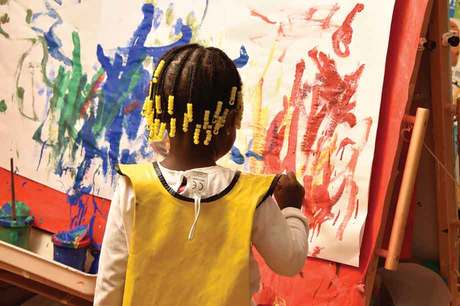
ABOUT THIS SERIES
This six-part series aims to:
Co-written by Froebelian expert Professor Tina Bruce and Yellow Dot founder and owner Jane Dyke, the six articles will cover:
Linked to the series is a set of posters produced in association with Community Playthings (www.communityplaythings.co.uk), which will be taking part in this year’s bicentenary celebrations of the founding of Froebel’s school in Keilhau, Germany.

The language of Froebel’s philosophy of education can be confusing to the modern practitioner – his Occupations have nothing to do with ‘people who help us’. They do, however, link to a staple of early childhood provision: the workshop area – though this term is less nuanced than what Froebel envisaged.
Register now to continue reading
Thank you for visiting Nursery World and making use of our archive of more than 35,000 expert features, subject guides, case studies and policy updates. Why not register today and enjoy the following great benefits:
What's included
-
Free access to 4 subscriber-only articles per month
-
Unlimited access to news and opinion
-
Email newsletter providing activity ideas, best practice and breaking news
Already have an account? Sign in here









